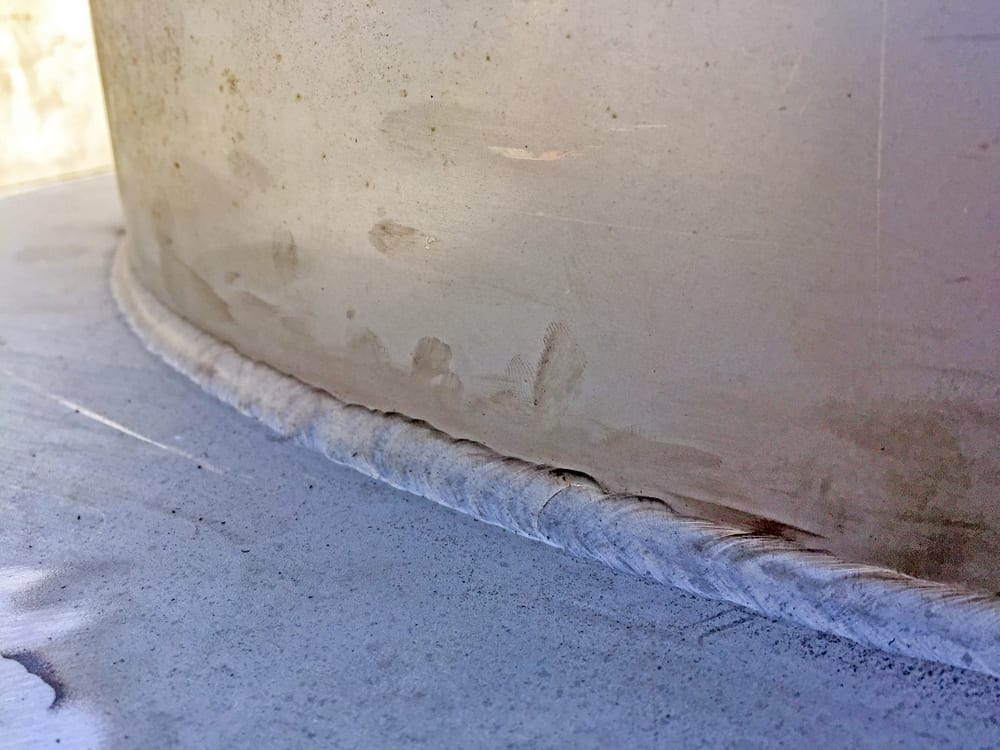Step-by-Step Guide to Preventing Weld Undercut in Different Metals
Step-by-Step Guide to Preventing Weld Undercut in Different Metals
Blog Article
A Comprehensive Guide to Identifying, Preventing, and Correcting Undercut Welding Issues in Your Welding Projects
In the world of welding, coming across undercut concerns is an usual challenge that can compromise the structural integrity and overall high quality of your welding jobs. Recognizing the origin causes behind undercut welding, being able to precisely identify it in your welds, and executing efficient preventative procedures are crucial skills for any welder. Additionally, having the expertise and techniques to fix undercut problems when they do take place can make a significant distinction in the final outcome of your welding undertakings. Remain tuned as we check out the important elements of identifying, stopping, and taking care of undercut welding troubles, giving you with important understandings and techniques to raise your welding abilities to the next degree.
Usual Reasons For Undercut Welding
Undercut welding, a typical issue in welding processes, can be created by numerous elements that require to be carefully recognized and dealt with to make certain the honesty of the weld joint. One of the key reasons of undercut welding is too much warm input.
An additional usual cause of undercut welding is inappropriate welding method. Inadequate manipulation of the welding torch or weapon, incorrect angle or distance in between the lantern and the work surface, or inconsistent travel rate can all add to the formation of undercut. Additionally, using the incorrect welding consumables or electrode size for a particular joint arrangement can bring about undercut concerns. Identifying these origin and applying restorative steps is vital in stopping and correcting undercut welding problems in welding tasks.
Identifying Undercut in Welds

To recognize undercut precisely, appropriate illumination and zoom devices are important to examine the weld joint completely. Utilizing tools such as a welding gauge or a magnifying glass can help in spotting even the tiniest undercut imperfections. Furthermore, running a finger or a fingernail along the weld joint can often expose undercut, as the surface may feel unequal or have a dip where the undercut exists.
Precautionary Measures for Undercut
Having a deep understanding of the reasons for undercut in welds enables the application of effective safety nets my site to maintain weld quality and honesty. One critical safety net appertains weld joint preparation. Ensuring that the edges are tidy, without pollutants, and correctly beveled can considerably lower the possibility of undercut (Preventing weld undercut). In addition, selecting the proper welding specifications, such as voltage, existing, and travel rate, is crucial. These setups ought to be optimized to protect against too much warm input, which can result in damage formation.

Strategies for Fixing Undercut

Increasing the welding current or reducing the traveling rate can assist load in the undercut. Furthermore, altering the welding strategy from a push to a drag or vice versa can likewise aid reduce undercut.
Another strategy is to use a weaving movement while welding to make certain appropriate sidewall fusion and fill in the undercut. By oscillating the welding arc back and forth within the weld joint, the welder can deposit a lot more filler product right into the undercut areas, successfully removing the problem.
In addition, grinding out the undercut and rewelding the joint can be a practical remedy for more serious undercut problems - Preventing weld undercut. This process involves removing the undercut area, preparing the base metal, and then rewelding the joint with correct welding parameters and methods to stop undercut from repeating

Professional Tips for Preventing Undercut
Utilizing appropriate welding techniques and preserving control over key welding parameters are critical strategies for welders intending to stop undercut in their weld joints. Furthermore, choosing the ideal welding procedure and filler metal for the certain application can assist protect against undercut. Preserving a consistent traveling rate throughout the welding process is one more necessary tip to prevent undercut.
Conclusion
In final thought, identifying, stopping, and repairing undercut welding troubles in your welding projects is important for making certain sturdy and strong welds. Preventing weld undercut. By understanding the usual sources of undercut, being able find more information to identify it in welds, executing safety nets, and using appropriate strategies for continue reading this repairing undercut, you can avoid possible problems and create top notch welds. Following professional tips for avoiding undercut can aid you boost your welding skills and produce better results in your projects
Undercut welding, an usual problem in welding procedures, can be caused by various factors that require to be thoroughly identified and resolved to make certain the honesty of the weld joint. In addition, running a finger or a finger nail along the weld joint can in some cases expose undercut, as the surface might really feel irregular or have a dip where the undercut exists.
Making use of correct welding methods and preserving control over crucial welding criteria are vital techniques for welders intending to stop undercut in their weld joints.In conclusion, determining, avoiding, and fixing undercut welding problems in your welding projects is crucial for guaranteeing solid and long lasting welds. By comprehending the typical causes of undercut, being able to recognize it in welds, applying precautionary actions, and using proper methods for taking care of undercut, you can avoid potential problems and produce premium welds.
Report this page